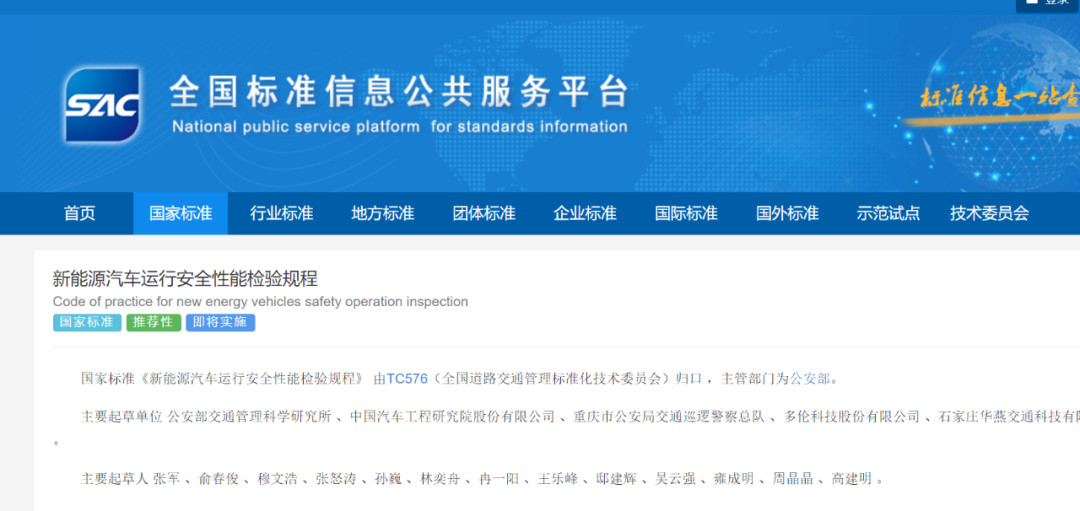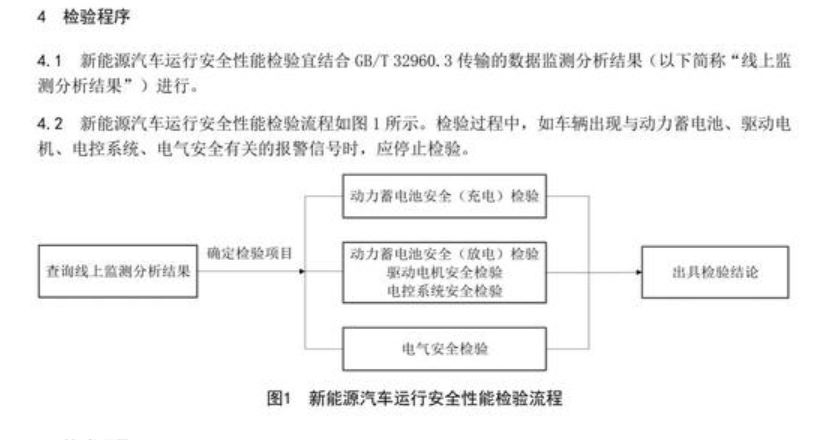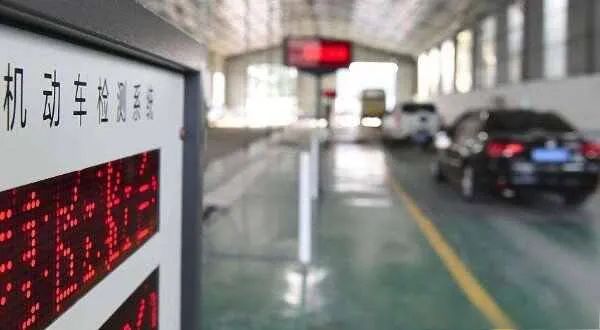New regulations for the annual inspection of new energy vehicles bring both pressure and new opportunities
![]() 09/26 2024
09/26 2024
![]() 339
339
What's coming will always come, regardless of your willingness. The new era of annual inspections for new energy vehicles is here, set to commence on March 1st next year. Wow, the automotive industry is buzzing with excitement. The latest news is that new energy vehicles will also undergo annual inspections. It's almost like we haven't been doing annual inspections before. Isn't it the case that new cars are exempt from inspections for the first six years, followed by inspections every two years from the 6th to the 10th year, and annually from the 10th to the 15th year?

In other words, everyone follows the same inspection process, except that the inspection items for new energy vehicles will undergo changes. This news did not originate from the competent GA department but rather from a platform called the "National Standard Information Public Service Platform." Recently, this platform released a national standard, "Inspection Procedures for Operational Safety Performance of New Energy Vehicles" (GB/T 44500-2024), the latest standard on safety inspections for new energy vehicles. Relevant departments have revised safety inspection standards for new energy vehicles in 2020 and 2022.

According to the latest "Inspection Procedures for Operational Safety Performance of New Energy Vehicles," safety charging inspections and electrical safety inspections of new energy vehicles' traction batteries will become mandatory. Current inspections primarily focus on vehicle appearance, safety devices, chassis, brakes, and other components.

While these inspections may be sufficient for traditional fuel vehicles to accurately assess roadworthiness, they do not effectively screen the core electric drive system that affects vehicle safety in new energy vehicles. In recent years, there has been much controversy surrounding fires and spontaneous combustion in new energy vehicles, with an increasing trend in accidents related to loss of control and fires in electric vehicles. Therefore, safety inspections for new energy vehicles are imperative, and the formulation of this standard has taken over two years.

The "Inspection Procedures for Operational Safety Performance of New Energy Vehicles" clearly stipulates that the maximum charging and discharging temperatures for LFP and NCM batteries should not exceed 65°C and 60°C, respectively. During inspections, any alarm signals will necessitate the immediate cessation of the inspection. Additionally, optional inspection items include ensuring that the temperature of the drive motor does not exceed 175°C, and the temperatures of the motor controller and DC/DC converter do not exceed 95°C.

Of course, the inspection procedures encompass more detailed requirements and processes. The implementation of these measures has left some potential new energy vehicle buyers hesitant, concerned about the difficulty of passing battery safety inspections and the significant cost of battery replacements. However, the implementation of the "Inspection Procedures for Operational Safety Performance of New Energy Vehicles" is a positive development. It raises the bar for automakers, particularly in terms of battery safety performance, emphasizing the need for advancements in battery cooling technology. This, in turn, will push automakers to accelerate technological progress and enhance vehicle quality and performance.

Not only pure electric vehicles but also plug-in hybrid electric vehicles and extended-range electric vehicles fall under these regulations, significantly enhancing vehicle safety and reducing the occurrence of fires. Commercial vehicles are subject to even stricter inspection requirements, which may lead to increased inspection fees. This change will not only promote the improvement of safety performance in new energy vehicles but also create market opportunities for equipment manufacturers. However, it will also make it more challenging for new energy vehicles, especially early-model electric cars, to pass safety inspections. To do so, battery replacements may be necessary, incurring considerable expenses. Consumers may opt to abandon repairs and purchase new vehicles instead, thereby boosting car sales.

At the same time, this presents an opportunity for automakers offering lifetime battery warranties to expand their market share. By providing battery warranty services and offering replacement options if batteries fail inspections, automakers can alleviate consumer concerns. Furthermore, this is good news for the battery swapping market. Battery swapping vehicles are essentially immune to battery-related inspection failures, potentially creating a new trend and presenting new opportunities for companies like NIO, which focuses on battery swapping services.








